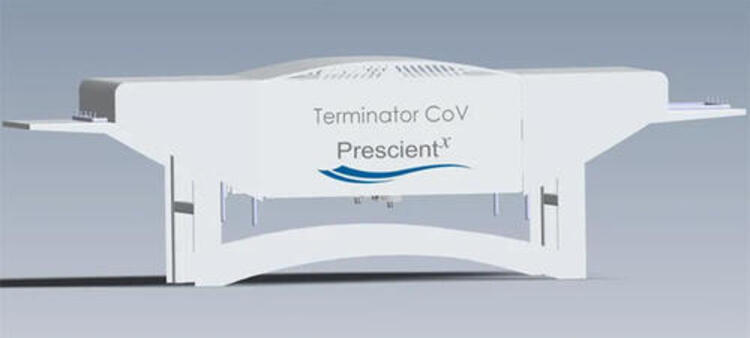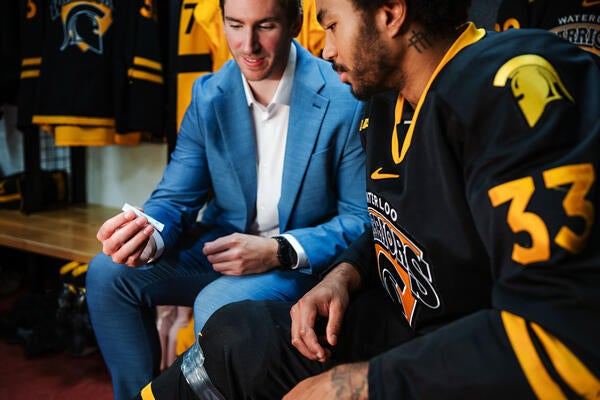A professor at the University of Waterloo is drawing on two decades of research into disinfection using ultraviolet (UV) light to help solve a shortage of masks for front-line healthcare workers in the COVID-19 crisis.
Bill Anderson, a professor of chemical engineering, has consulted with officials at several hospitals in southern Ontario as they explore ways to reuse N95 respirators instead of throwing them out after each use.
“At this point, in Canada at least, people are looking at it as a Plan B in case they run out of masks,” he said.
Anderson is scheduled to give an online webinar on the subject Wednesday and is collaborating with a Cambridge company that is building a machine to disinfect up to 500 of the heavy-duty masks an hour using UV light.
“This is not normally something you would want to do from a risk-management point of view,” he said. “But in the absence of new masks, I see it as a feasible stop-gap measure.”
UV light functions as a disinfectant by attacking and damaging the genetic material in viruses, rendering them inactive so they can’t infect people.
Anderson said the technology has limitations when it comes to respirators, however, because there can never be a guarantee that 100 per cent of viruses have been deactivated.
“Researchers have been looking at this for about a decade in anticipation of the next pandemic,” he said. “Unfortunately, they haven’t been entirely ready to implement it.”
Prescientx, a six-person Cambridge company that specializes in disinfection equipment for hospitals, hopes to change that within a month.

Barry Hunt, president and CEO of the company, said it is building a high-speed, conveyor-style device that would be capable of deactivating 99.9999 per cent of viruses on N95 masks.
About two metres long and less than two metres high, the machine - dubbed the TERMINATOR CoV - would sell for $40,000 to $50,000 for operation by trained staff in existing hospital disinfection departments.
“I’m very confident it will work,” said Hunt, who has collaborated with Anderson on several projects over the years. “I’ve worked all my life to be able to respond like this. It feels fantastic.”
Building and testing a prototype is expected to take about two weeks, followed by the production and shipment of commercial units to customers about two weeks after that.
Hospitals from Quebec to British Columbia have already expressed interest, Hunt said, as have the Quebec government and defence officials in Canada and the United States.
The device is designed to get into all the nooks and crannies in masks, a particular challenge, by stretching them out and using UV light from above and below, as well as aluminum reflectors. It can also be adjusted to accommodate items of different sizes.
“It’s kind of like the high-speed toasters you see in hotels,” Hunt said. “Our goal is to reuse masks nine times to reduce demand by 90 per cent or get them to 10 times more people.”
Anderson’s webinar, organized by a group called The Infection Prevention Strategy (TIPS), is scheduled for 11 a.m. Wednesday at: https://masterseries.events/?portfolio=n95-respirator-disinfection-for-re-use-what-the-literature-says









